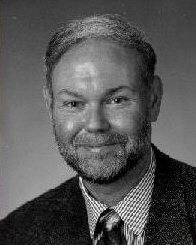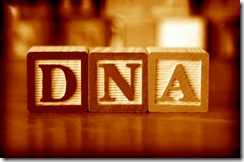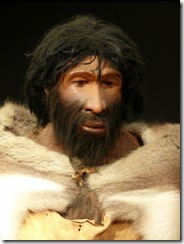 Last week the genetic genealogy community lost one of its treasured members, Leo W. Little.
Last week the genetic genealogy community lost one of its treasured members, Leo W. Little.
Leo’s passing was announced on the GENEALOGY-DNA mailing list on Sunday evening. Since then, many members of that mailing list, the ISOGG Yahoo Group, and the DNA- ANTHROGENEALOGY Yahoo Group have expressed their sympathy to Leo’s family and expressed their admiration for his work and contributions to the field of genetic genealogy.
Leo was the administrator of at least two DNA Projects, including the null439 DNA Project, and the Little DNA Project. The null439 group was begun by Leo after he helped characterize the “Little SNP” in 2002, a SNP that is also called “L1” or “S26”. In 2005 Leo posted an email to the GENEALOGY-DNA that explained the discovery of the SNP, which defines the R1b1b2a1c Haplogroup in the new 2008 ISOGG Y-DNA Haplogroup Tree (previously known as R1b1c9a). The L1 SNP causes the primers used by Family Tree DNA to analyze Y-STR repeats at DYS439 to fail to anneal, and thus no result is recorded for that locus (i.e., it is “null”). The result is recorded as a default 12 with a blue asterisk. Here is Leo’s description from the null439 page:
 The Genetic Genealogist has been
The Genetic Genealogist has been  Portfolio presents an interesting four-part series by
Portfolio presents an interesting four-part series by 
 To the readers coming from yesterday’s
To the readers coming from yesterday’s  GenomeWeb Daily News published a story on Friday entitled “
GenomeWeb Daily News published a story on Friday entitled “